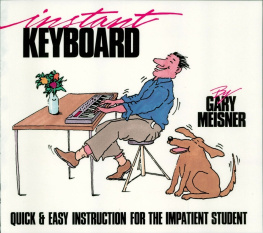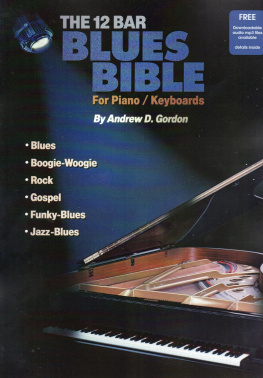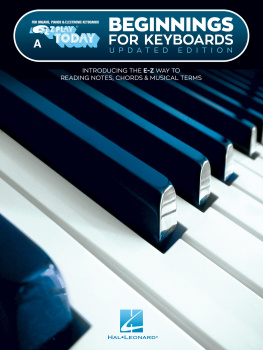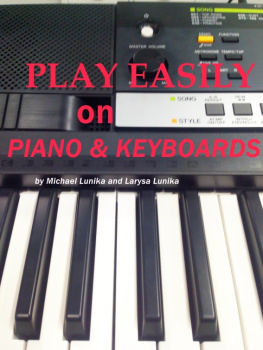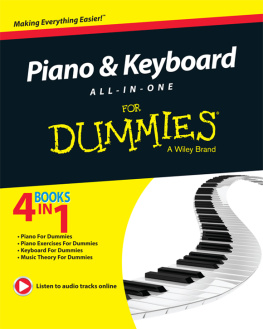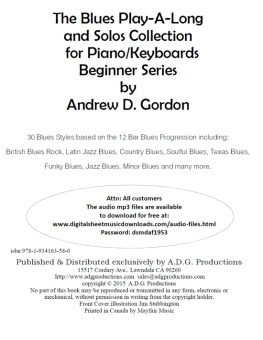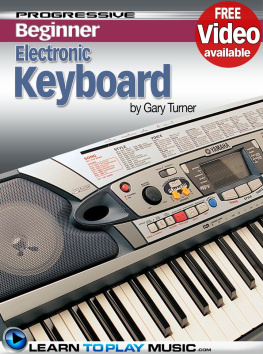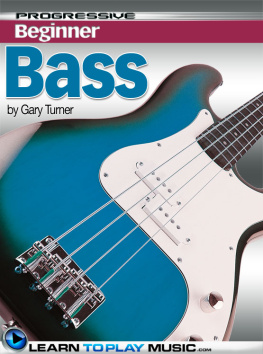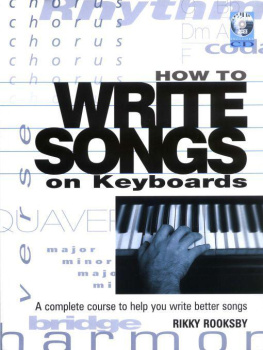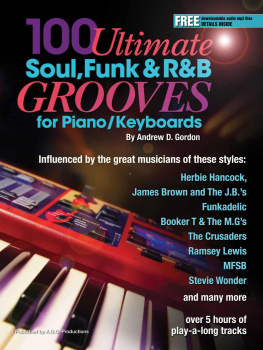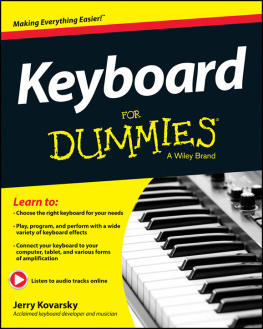I got my first keyboard when I purchased my first computer. To be honest, I dont remember much because I had found myself lost in my new computers gaming capabilities. My school had a few Apple computers and I remember being surprised that their keyboards felt so much better. It would take a few more decades before I found the answer to why that was so. But, what did I know, or what did I care? I was just a kid.
I must have gone through dozens of keyboards since then. I gradually could differentiate between good and bad keyboards. I swore off all other manufacturers other than Logitech at that point. In college, I somehow instinctively knew that my laptop keyboard was bad. Whenever I got back to my dorm room, I hooked it up to a you guessed it: Logitech Keyboard. I admit, while I was a very studious and hardworking student, the keyboard was mainly for my gaming. It was very difficult playing World of Warcraft on a PVP server utilizing my laptops keyboard.
When I got my first job after college, I eagerly asked for a Logitech keyboard to use at work. My company obliged and I happily typed away 40 hours every week. I had never typed as much on a keyboard before, and Ive gone through 3 of those keyboards since then.
It wasnt until a few years later, when a coworker introduced me to the world of mechanical keyboards. I realized there was something better than my trusty old Logitech companion. I had been missing out.
Before we venture into the wonderful land of mechanical keyboards, perhaps its best to brush up on some keyboard history and figure out how this all started.
A Brief History
One of the earliest keyboards can be traced back to 1964, when Bell Labs and M.I.T. created the MULTICS computer. It featured a video display terminal (VDT) where text was instantly visible on the screen as it was typed. This was radically different from earlier technologies in which punch cards were first punched by teletype and then the resulting deck of cards would be analyzed by a card reader as data. By the 1970s all computers used VDT and had electric keyboards. These keyboards however were designed primarily for the computer programmer or engineer. They were often heavy, and lacked greatly in aesthetics. In some cases, they were actually electric typewriters converted for data entry.

It wasnt until the late 1970s that some companies, primarily Apple, RadioShack, and Commodore started producing actual keyboards for their computers. This was the beginning of making a keyboard the standard form of input for computer systems. Keep in mind that by this point, there was still no standard in making mechanical switches. That was still years in the making.
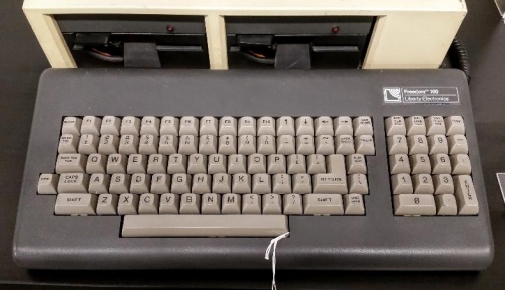
In 1984, IBM started shipping the Model M keyboard with their systems. This was a very successful keyboard as it was constructed out of high quality components, and the tactile feedback, comfort, accuracy and feel were superb. It was a purely mechanical keyboard utilizing Buckling Spring technology. To this very day, many examples of this keyboard are still in use. Many still prefer it over any modern mechanical keyboard.
By the 1990s, membrane and rubber dome keyboards began to replace mechanical keyboards. As this was still a new technology, lower manufacturing costs did not always equal savings on the consumer end. The earliest rubber dome keyboards actually mimicked the older mechanical keyboards in size and weight. They were primarily marketed as being quieter devices. It wasnt until the 2000s that these keyboards started becoming slimmer and lighter.
Over time, mechanical keyboards got rarer and rarer. It seemed like they were only present in kiosks, point of sale systems, and industrial settings. Enthusiasts ended up holding on to the existing mechanical keyboards for decades. When these keyboards broke, the used market was where these people did their shopping. Today, those same keyboards fetch quite the premium online.
Fortunately, mechanical keyboards seem to be having a resurgence. Starting from around 2010 mechanical keyboards have been making a comeback primarily in the gaming crowds. In fact, the first gaming oriented mechanical switch, the Cherry MX Red, was created in 2008. Companies such as Logitech, Corsair, and Razer have been proponents of these and have quite an impressive line-up that you can see in any big box electronic retailer.
Due to the high price of mechanical keyboards, I was quite reluctant to purchase one. However, while dropping off an old router at an electronics recycle facility, I stumbled across an IBM Model M keyboard. It was love at first sight. I jumped at the chance and thus began my journey into the world of mechanical keyboards. As iconic as this keyboard is, I guess there was no better keyboard to start off with. From there it didnt take long for me to start looking for more.
For those who want to learn more, a trip to a local computer museum is highly encouraged. These are the ones I know about. Keep an eye out for more!
United States
Computer History Museum - Mountain View, California.
Museum of Computer Culture - Austin, Texas.
Living Computer Museum - Seattle, Washington.
RE-PC Museum - Seattle, Washington.
Canada
Personal Computer Museum - Brantford, Ontario.
York University Computer Museum - Toronto, Ontario.
United Kingdom
The National Museum of Computing - Bletchley Park.
Asia
Nexon Computer Museum - Jeju, South Korea.
What Are They?
It is a common misconception that mechanical keyboards are only for gamers. Looking at whats available in electronics stores probably further accentuates that myth. Mechanical keyboards give the most benefit to people who use keyboards on a regular basis. May it be for gaming, for word processing, or any other keyboard related activity. If you regularly use a keyboard, mechanical keyboards are for you!


